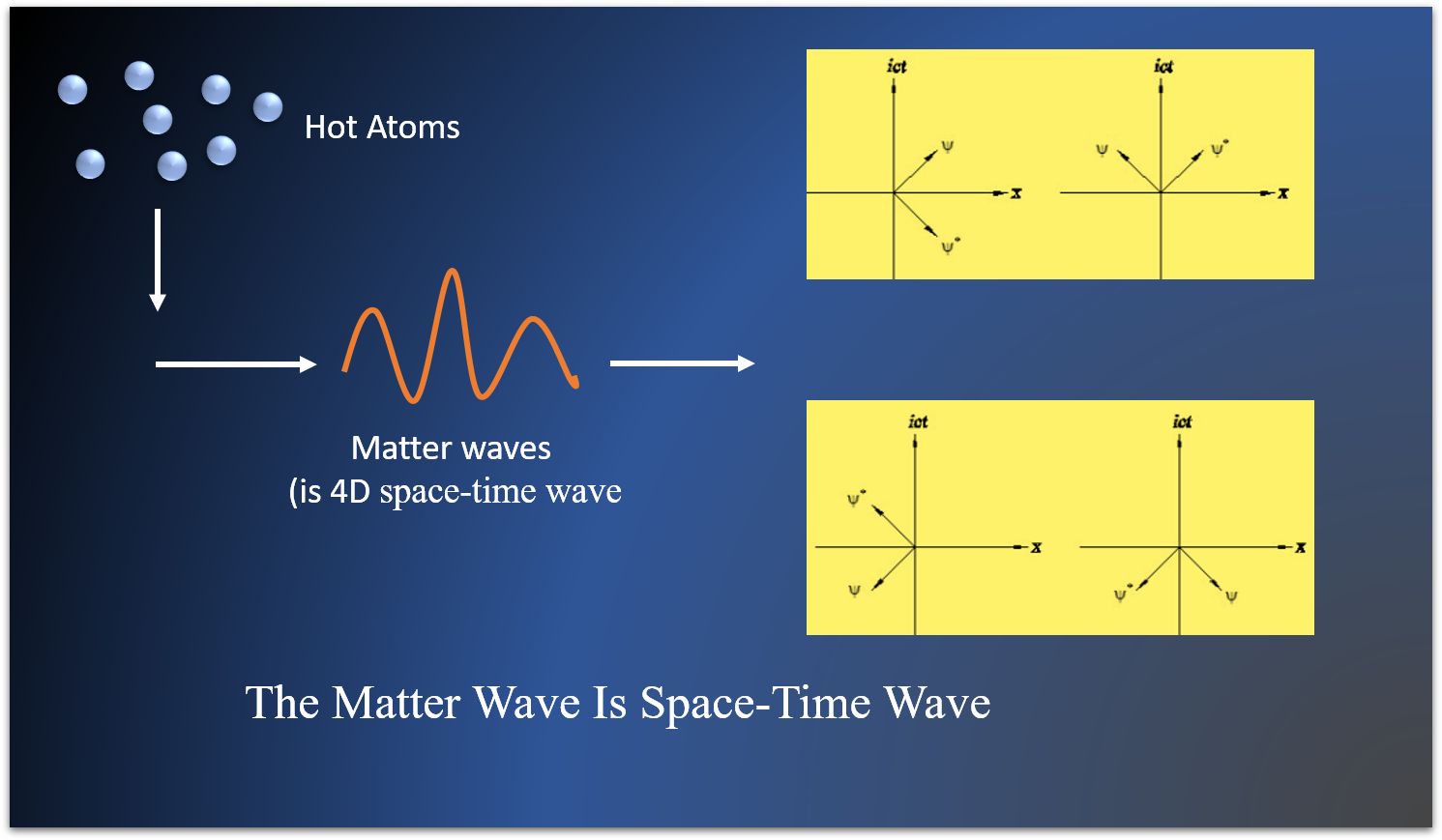The Matter Wave Is Space-Time Wave
space-Time
DOI:
https://doi.org/10.55672/hij2022pp60-75Keywords:
Space-time wave, Space-time entanglement, Conjugate condensation, Four-dimensional space-time elementAbstract
This paper aims to point out that a wave function is a description of a quantum spatiotemporal entanglement and the transformation between time and space. In any quantum mechanical representation, the real part of the wave function represents the space wave and the imaginary part represents the time wave, and they are the space-time itself. Timewave is not limited by space and dominates the nonlocality and integrity of a quantum. Matter-wave is a four-dimensional space-time wave, and the basic unit of vacuum is a four-dimensional space-time element stationary relative to the observer. The essence of quantum measurement or interaction is that a conjugate condensation equivalent to that determined by inner product operation occurs between Space-time waves. Particle property is only the localization effect of quantum global collapse when quantum position measurement or equivalent interaction is made.
Downloads
References
[1] R. P. Feynman, QED: The strange theory of light and matter. Princeton University Press, 2006.
[2] J. J. I. Weber, New York, "General relativity and gravitational waves, Interscience Publ," 1961.

Published
How to Cite
Issue
Section
License
Copyright (c) 2022 Hyperscience International Journal

This work is licensed under a Creative Commons Attribution-NonCommercial 4.0 International License.







 Google Scholar
Google Scholar  Crossref
Crossref  Scopus
Scopus  WorldCat
WorldCat  ORCID
ORCID  Scilit
Scilit  Mendeley
Mendeley  Internet Archive
Internet Archive 





